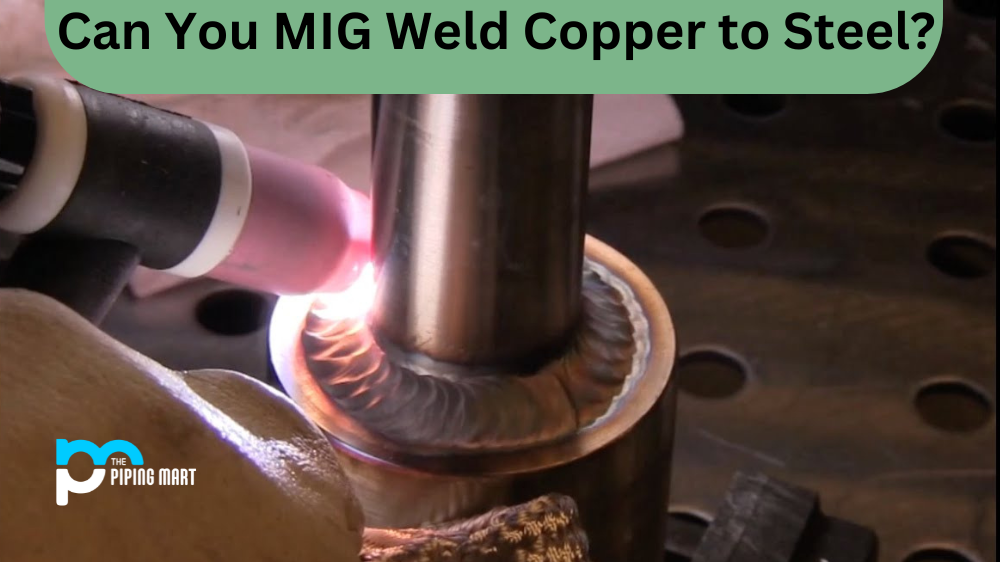Have you ever heard of quenching or tempering? These are two heat treatment processes that are used to improve the properties of metals. While both processes involve heating, cooling, and reheating metal, there is a key difference between them. Let’s dive into what quenching and tempering are and why they are important for metal processing.
Quenching
Quenching is the process of rapidly cooling a hot metal object in liquid or air to increase its hardness. The process helps to reduce internal stress from forming in the metal and improves its overall strength. This process can also be used to change the grain structure of steel, making it more brittle but stronger as well. It’s important to note that quenching should only be done after the metal has been heated up to austenitizing temperature—the temperature at which the metal begins to transform from one phase (ferrite or austenite) to another (martensite).
Tempering
Unlike quenching which is used to make metals harder, tempering is used to make them softer. In this process, a piece of metal is heated at a lower temperature than during quenching and then cooled slowly in oil or air. This helps release some of the stress created by heating and makes it easier for machinists to work with the material without it breaking or crumbling apart during processing. Tempering also helps reduce brittleness in metals by reducing their hardness slightly but still keeping them strong enough for use in applications such as automotive parts or tools.
Difference Between Quenching vs Tempering
Advantages of Quenching
Quenching can make the metal harder than tempering, making it more resistant to wear and tear. It can also be used to create a wide range of hardness levels depending on the application.
Disadvantages of Quenching
Quenching can make the metal more brittle, making it more likely to break or shatter under stress. It can also cause warping and distortion if not done correctly.
Advantages of Tempering
Tempering can make metal tougher than quenching, making it less likely to break or shatter under stress. It can also be used to create a wide range of hardness levels depending on the application.
Disadvantages of Tempering
Tempering can make metal softer than quenching, making it more susceptible to wear and tear. It can also cause warping and distortion if not done correctly.
Conclusion:
Quenching and tempering are two heat treatment processes used for improving the properties of metals like steel, copper, aluminium, etc. Quenching involves rapidly cooling a hot metal object in liquid or air, while tempering involves heating it at a lower temperature than during quenching before slowly cooling it down in oil or air. Both processes are essential for creating strong yet malleable metals that can be used in various applications, including automotive parts, tools, firearms etc. Understanding their differences will help you decide when each process should be used, depending on your needs!

Pipingmart is a B2B portal that specializes in metal, industrial and piping items. Additionally, we share the latest information and information about materials, products and various types of grades to assist businesses that are involved in this business.




